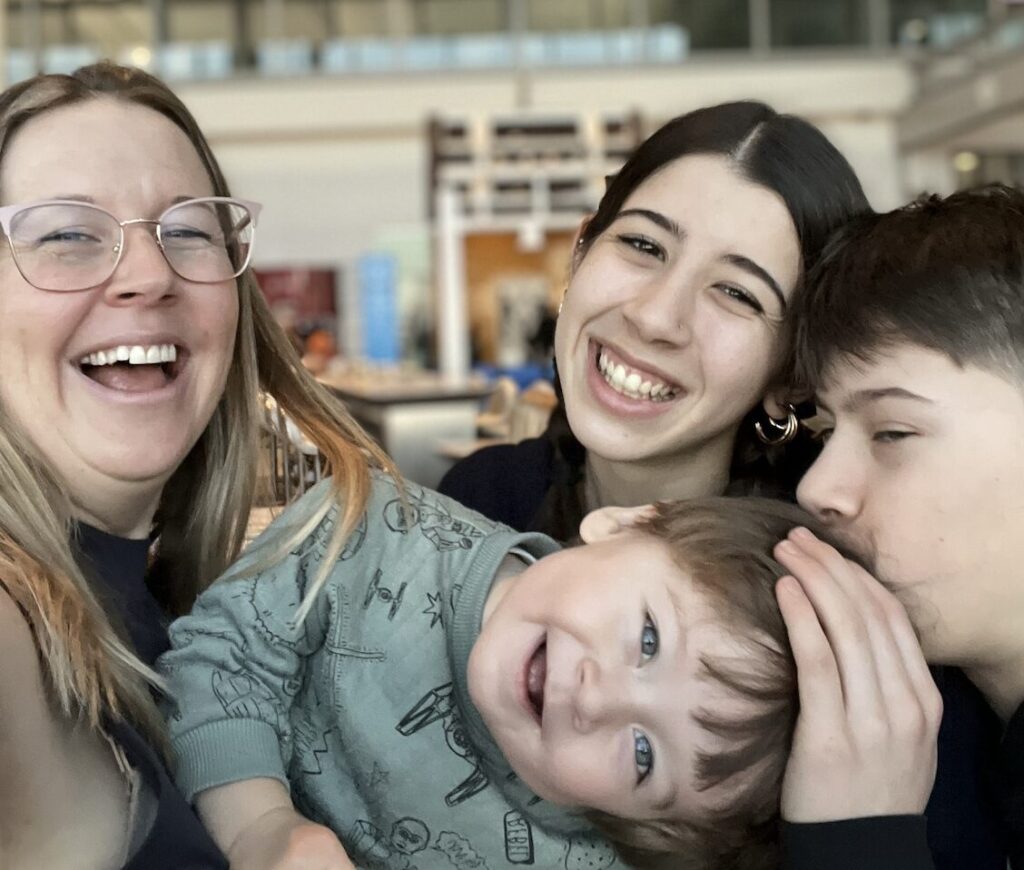Core French or Immersion?
Core French is taught as a subject for one period each day or several periods each week; also called ‘Basic French’ in Manitoba and ‘FSL’ in Alberta.
Immersion would allow your children to take every class in French. Or, perhaps another language would be more valuable to your child?
Research (and common sense) establishes the benefits of learning a second language: cognitive, personal and professional. Most parents acknowledge these rewards, and yet
language programs across Canada still are hit and miss. In many English-language schools there is one daily period of basic French instruction (Core French), but some parents say it’s not enough and they often enrol their kids in French Immersion (FI). Other parents say that French isn’t even the right second language choice for their children.
French is spoken globally by 300 million people, is an official language in over 30 countries, and is commonly spoken in another 46. It is the second most-frequently taught language in the world, and second most-prevalent language on the Internet.
Annie Smith from Lindsay, Ontario, chose an Immersion program for her daughter and is thrilled with the results. “When we meet other Immersion students, they immediately start communicating in French. It’s incredible.” Some families favour Immersion because of smaller class sizes and what they view is a better learning environment. They feel that there are fewer behavioural problems and no necessity to cater to special needs children,
which means more time for the teacher to focus on instruction. They know it’s not fair, but, they insist, it’s reality.
However, many parents are satisfied with Core French. Some say it’s because they fear they wouldn’t be able to provide homework support when they don’t speak the language themselves.
 A PRACTICAL ADVANTAGE
A PRACTICAL ADVANTAGE
Speaking both English and French appears to be the workforce golden ticket. Kerry Leahy, a job search coach in multicultural Scarborough, Ontario, says that although she does see employers looking for Cantonese or Hindi speakers – mostly in service industries – “a bilingual French-English speaker is more competitive and has the potential to earn a higher wage. In general, my English clients who also speak French become employed much more quickly than non-French speakers.”
ALTERNATE LANGUAGE CHOICES
French as a second language isn’t a natural choice for all Canadians, and many provinces have expanded their options over the years. Edmonton Public Schools offer bilingual programs in seven languages, and second language courses in ten.
In addition to the French options of the regular curriculum, 31,000 Toronto District School Board
elementary students also take advantage of the International Language classes offered outside of school hours, free of charge, in almost 50 languages. The same board also offers Integrated Dayschool programs at 14 different schools, and an African Heritage Program. “Our classes continue to grow and change with the trends,” says Denise Keefe, Program Manager, who adds that,“it’s wonderful for kids’ self-esteem, and promotes tolerance and understanding.”
In British Columbia, where the number of Chinese speakers is more than six times the number of Francophones, Vancouver’s Dr. Annie B. Jamieson School offers a Mandarin Bilingual Program. Yael Elron has two participating children, and says, “I have nothing against French, but when I think of how the world will look in twenty years, I believe Mandarin will provide more opportunities.” Elron’s kids speak Hebrew at home, learn English in the primary grades and begin the Mandarin program in Grade 4. “I think another language is a wonderful gift to give a child,” she says. Despite the province’s demographics, however, there are often wait lists for French Immersion in B.C., with spots awarded by lottery.
Valuable as it is, French isn’t the only worthwhile second language program for today’s youth. There may have been two languages at the Confederation table, but there is a new reality around Canada’s kitchen tables.
Education does matter. Have your say, email [email protected].









